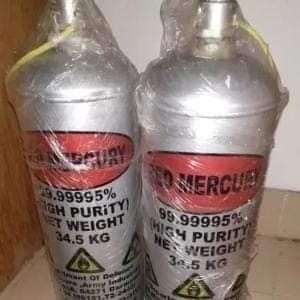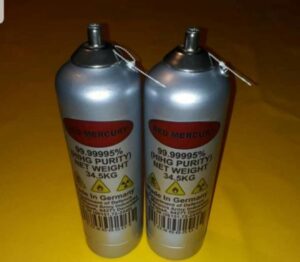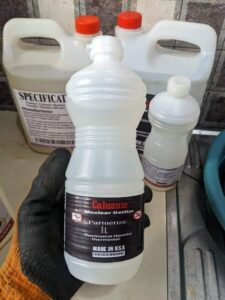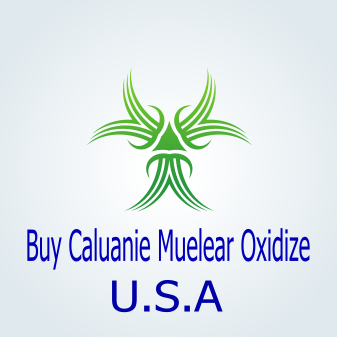Uncategorized, General
Caluanie Muelear Oxidize vs. Red Liquid Mercury: Understanding Their Importance to the European Community
Introduction: Caluanie Muelear Oxidize vs. Red Liquid Mercury
In the intricate landscape of global industrial innovation and chemical trade, two substances have sparked curiosity, controversy, and concern in equal measure: Caluanie Muelear Oxidize and Red Liquid Mercury. While each has its own sphere of influence, the comparison between them—especially in terms of their importance to the European community—reveals a broader narrative about regulatory vigilance, industrial utility, and the battle against pseudoscience and illicit trade.
What Is Caluanie Muelear Oxidize?
Caluanie Muelear Oxidize is a chemical substance widely marketed as an industrial solvent or oxidizing agent. It’s known primarily for its ability to break down tough materials such as metals and certain minerals. Often associated with the textile and heavy machinery industries, Caluanie is used to process products that require the breakdown of hard components for either recycling or repurposing.
Its name, vaguely scientific-sounding and often misrepresented, adds to the mystique, making it a subject of intrigue on underground marketplaces and in online forums. Despite its industrial roots, some unauthorized distributors advertise Caluanie for exotic or even fraudulent uses—ranging from “miracle” applications to alchemical-like transformations.

What Is Red Liquid Mercury?
Red Liquid Mercury, by contrast, is even more controversial. Officially, there is no verified chemical compound known as Red Liquid Mercury. It is widely considered to be a mythical substance or hoax perpetuated by black market dealers, often accompanied by unfounded claims of use in nuclear weapons, telecommunication enhancement, or spiritual rituals. While some alleged forms of mercury compounds exist in red hues, they are unrelated to the outlandish claims surrounding “Red Liquid Mercury.”
Its aura of mysticism and high black-market value has led to scams, international fraud, and even violent criminal activities. While law enforcement and scientific communities around the world, including in Europe, have debunked the substance repeatedly, its shadow looms large in conspiracy theories and underground markets.

Why the European Community Should Care
The comparison between Caluanie Muelear Oxidize and Red Liquid Mercury is not just about chemical properties—it’s about public safety, environmental regulation, and economic integrity. Here’s why the European community, from policymakers to citizens, must pay attention.
1. Public Safety and Consumer Awareness
Caluanie Muelear Oxidize:
-
Although Caluanie has real industrial applications, unregulated distribution poses health risks.
-
The substance can be toxic if inhaled or touched without proper protective equipment.
-
Reports of people attempting to use Caluanie in homes or small workshops—due to misleading online tutorials—can result in serious chemical burns or long-term respiratory issues.

Red Liquid Mercury:
-
The more dangerous of the two in terms of public deception.
-
Often sold at exorbitant prices under fraudulent claims, leading to financial ruin, poisoning, or even arrest for those involved.
-
Its allure has fueled criminal enterprises and online scams targeting vulnerable or uninformed individuals.
For Europe, where consumer protection laws are robust, the rising underground trade of these substances poses a challenge. Educational campaigns and regulatory crackdowns are essential to protect the public.
2. Regulatory and Legal Frameworks
The European Union operates under the REACH regulation—Registration, Evaluation, Authorization and Restriction of Chemicals. Substances like Caluanie Muelear Oxidize must be thoroughly assessed before they can be marketed or used. However, black market imports circumvent this process, undermining the EU’s safety infrastructure.
Red Liquid Mercury is not listed in any scientific catalog with verified applications, meaning any trade or transport within Europe under this label is either:
-
A front for trafficking hazardous materials.
-
A fraudulent scam, punishable by European anti-fraud and public safety laws.
Strengthening cross-border enforcement and customs inspections is crucial for European authorities to keep pace with evolving smuggling tactics and online fraud.
3. Industrial Applications and Economic Considerations
Caluanie Muelear Oxidize:
-
Genuine versions of Caluanie are used in metal and mineral industries, particularly in breaking down rusted machine parts and refining precious stones.
-
In some European manufacturing sectors, the chemical serves as a time-saving solvent, improving processing speed and reducing manual labor.
However, sourcing legitimate and safe Caluanie becomes complicated due to widespread counterfeits and illegal imports. Investing in regulated European suppliers and industrial R&D could reduce dependency on dubious international markets.
Red Liquid Mercury:
-
Since Red Liquid Mercury has no proven industrial value, its impact on Europe’s economy is primarily negative.
-
It drains resources through law enforcement efforts, medical emergencies from exposure to unknown substances, and economic fraud.
European businesses must remain vigilant, especially when sourcing chemicals online. Institutions should work with chemical authentication experts to avoid inadvertently engaging in illegal or dangerous transactions.

4. Environmental Impacts
Both substances, when mishandled, can have severe ecological consequences.
Caluanie Muelear Oxidize:
-
If improperly disposed of, can contaminate water supplies and soil.
-
Exposure to aquatic life can be devastating due to its corrosive properties.
Red Liquid Mercury:
-
In cases where mercury-based imposters are used, mercury poisoning can result—leading to long-lasting environmental damage.
-
Mercury is already listed by the Minamata Convention, which the EU supports, as a chemical that should be heavily restricted due to its bioaccumulative and toxic nature.
Environmental watchdogs in Europe need to monitor unlicensed disposal or transport of these substances, especially at ports and recycling centers.
5. Digital Misinformation and Black Market Activity
Both chemicals are surrounded by online myths, many of which originate on platforms with little content regulation.
-
TikTok, YouTube, and underground Telegram groups have spread misinformation about the supposed magical or nuclear properties of Red Liquid Mercury.
-
Caluanie is similarly misrepresented as a tool for “alchemical wealth,” drawing in desperate or curious buyers across Europe.
This points to a larger issue: the digitization of chemical fraud. The European community must empower cyber units, fact-checkers, and content moderators to curb digital disinformation about chemical substances.

6. Ethical and Geopolitical Implications
The rise in popularity of both substances is often traced back to regions experiencing conflict, weak regulation, or political instability.
-
Red Liquid Mercury scams have been linked to trafficking routes from the Middle East and North Africa.
-
Caluanie Muelear Oxidize is often shipped from countries with relaxed export controls, enabling counterfeiters to mislabel or mix unknown substances.
For Europe, working with international partners through Interpol, Europol, and the UN to disrupt these pipelines is not just a security necessity but a moral responsibility.
Conclusion: A Call for Balanced Understanding
While Caluanie Muelear Oxidize has tangible, industrial use cases within the European context, it must be regulated and handled with strict oversight. On the other hand, Red Liquid Mercury is largely a myth, often associated with fraud and danger rather than any legitimate application.
The European community must:
-
Educate the public on chemical safety and the dangers of online chemical myths.
-
Strengthen legal frameworks and regulatory bodies to intercept harmful substances at borders.
-
Support scientific literacy to reduce susceptibility to scams.
-
Invest in industrial innovation to reduce reliance on controversial imports.
The intersection of science, safety, and security demands that both these substances be approached with a rational, informed mindset. Europe’s role as a leader in regulation, ethical trade, and public welfare makes this challenge both urgent and actionable.



